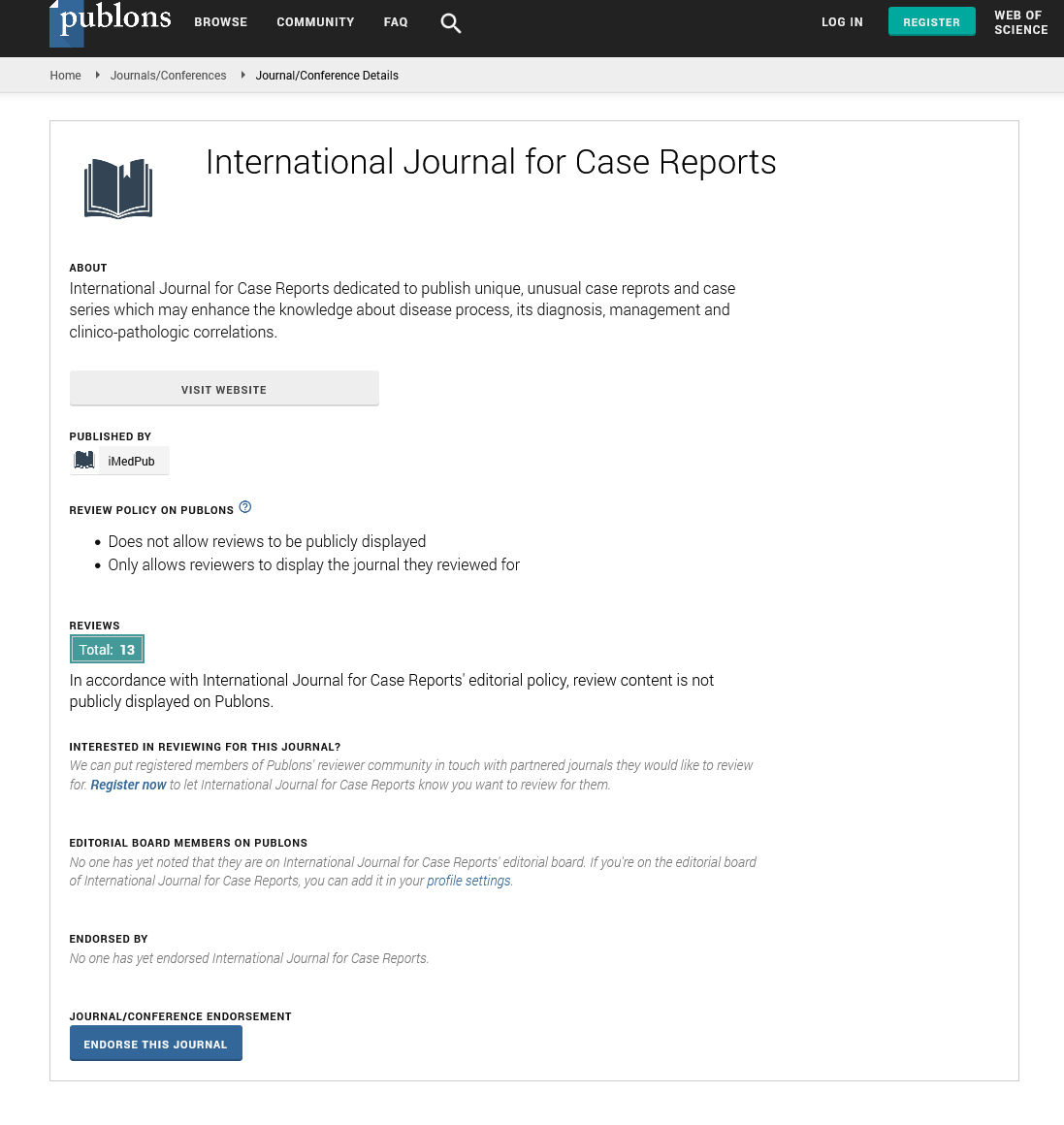Hypersensitivity Syndrome
DIHS is a dangerous autoimmune reaction thought to be regulated by T cells and includes a variety of cytokines, inflammatory cells, and regulatory mechanisms, although not directly understood. This machine is characterized as using the immune system through its causative agents or metabolites rather than having a direct toxic effect on keratinocytes.
A study by Bellon et al. supported the T-cell-mediated hypothesis by identifying 85 species that were differentially expressed during the acute phase of DIHS. Most of the genes included in the acute phase were encoding proteins involved in cell cycle, apoptosis, and cell initiation activities; Nine were involved in the immune response and inflammation. Bellon et al. and I found that the levels of histone messenger RNA were statistically significantly increased in large and moderate mutations. The genes that were strongly upregulated in syndromes with cutaneous and mucosal involvement are those that involve inflammation, now called alarms or damage-related molecular patterns.
High Impact List of Articles
-
2020 Young Researchers Forum on Advanced Dental Care
Hiroshi OhruiAwards 2020: International Journal for Case Reports
-
2020 Young Researchers Forum on Advanced Dental Care
Hiroshi OhruiAwards 2020: International Journal for Case Reports
-
3rd Annual Conference on Oral Care and and Dentistry
Geeta SinghAwards 2020: International Journal for Case Reports
-
3rd Annual Conference on Oral Care and and Dentistry
Geeta SinghAwards 2020: International Journal for Case Reports
-
Excess of Dabigatran Associated with Raised INR, PT, APTT in an Elderly Patient with Renal Impairment
Anne Manjalee Liyanage, Vitthal Ramchandra Wadekar and Israr Un NabiCase Report: International Journal for Case Reports
-
Excess of Dabigatran Associated with Raised INR, PT, APTT in an Elderly Patient with Renal Impairment
Anne Manjalee Liyanage, Vitthal Ramchandra Wadekar and Israr Un NabiCase Report: International Journal for Case Reports
-
Magnetic Resonance Imaging-guided Focused Ultrasound Unilateral Pallidotomy for Parkinson's Disease: A Case Report
Hisashi Ito, Takaomi Taira, Shigeru Fukutake, Kazuaki Yamamoto, Yasuhisa Baba, Toshio Yamaguchi and Tetsumasa KameiCase Report: International Journal for Case Reports
-
Magnetic Resonance Imaging-guided Focused Ultrasound Unilateral Pallidotomy for Parkinson's Disease: A Case Report
Hisashi Ito, Takaomi Taira, Shigeru Fukutake, Kazuaki Yamamoto, Yasuhisa Baba, Toshio Yamaguchi and Tetsumasa KameiCase Report: International Journal for Case Reports
-
Laryngeal Neuroendocrine Carcinoma with Skin Metastasis
Yusuf Ziya Şener, Seher Şener, Burak Yasin Aktaş and İbrahim PetekkayaCase Report: International Journal for Case Reports
-
Laryngeal Neuroendocrine Carcinoma with Skin Metastasis
Yusuf Ziya Şener, Seher Şener, Burak Yasin Aktaş and İbrahim PetekkayaCase Report: International Journal for Case Reports
Conference Proceedings
-
Malnutrition and micronutrient deficiencies in Pakistan-a reappraisal of the challenges and opportunities
Saeed AkhtarPosters & Accepted Abstracts: Journal of Clinical Nutrition & Dietetics
-
Malnutrition and micronutrient deficiencies in Pakistan-a reappraisal of the challenges and opportunities
Saeed AkhtarPosters & Accepted Abstracts: Journal of Clinical Nutrition & Dietetics
-
Prevalence of endometriosis and its symptoms among young adult females with chronic pelvic pain refractory to conventional therapy
Moamar Al-Jefout, Nedal Alnawaiseh, Samer Yaghi and Ameen AlqaisiPosters & Accepted Abstracts: Journal of Clinical and Molecular Endocrinology
-
Prevalence of endometriosis and its symptoms among young adult females with chronic pelvic pain refractory to conventional therapy
Moamar Al-Jefout, Nedal Alnawaiseh, Samer Yaghi and Ameen AlqaisiPosters & Accepted Abstracts: Journal of Clinical and Molecular Endocrinology
Relevant Topics in Clinical Sciences
Google Scholar citation report
Citations : 22
International Journal for Case Reports received 22 citations as per Google Scholar report
International Journal for Case Reports peer review process verified at publons
Abstracted/Indexed in
- Google Scholar
- Publons
Open Access Journals
- Aquaculture & Veterinary Science
- Chemistry & Chemical Sciences
- Clinical Sciences
- Engineering
- General Science
- Genetics & Molecular Biology
- Health Care & Nursing
- Immunology & Microbiology
- Materials Science
- Mathematics & Physics
- Medical Sciences
- Neurology & Psychiatry
- Oncology & Cancer Science
- Pharmaceutical Sciences
